Asad Umar briefs PM on state of economy
Discusses possible measures to meet macroeconomic challenges
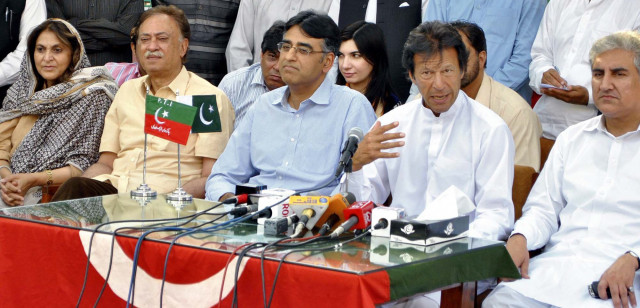
PTI leader Asad Umar. PHOTO: EXPRESS
The finance ministry briefed Prime Minister Imran Khan on the current state of Pakistan’s economy on Thursday, as the country actively tries to seek a workable solution where it can avoid the International Monetary Fund (IMF) programme.
Although the federal government has not yet picked its preferred option, any decision to avoid the IMF programme will extraordinarily increase its reliance on China, Saudi Arabia and Kuwait. In such a scenario, importing oil on deferred payments and rollover of maturing loans could become desired options to deal with external sector challenges, said highly-ranked government sources.
The finance ministry updated the premier on the current economic situation and the possible state of economic affairs after a year in case no intervention is made to correct macroeconomic imbalances, said Finance Minister Asad Umar after the meeting.
World Bank pegs future budgetary support to viable economic plan
Umar said that the prime minister was also informed about the possible options to enhance revenue, control expenditures and meet external financing needs but this is “still work in progress”.
Umar’s set of options include aggressive taxation measures, a steep cut in development budget and ban on the supplementary budget to deal with fiscal deficit challenges, said the government sources.
The overall impact of these measures will be that economic growth rate in this fiscal year could slip below 5%, which will slightly increase unemployment in the first year of the PTI government.
Sources said that there were discussions to avoid the IMF programme to the extent possible by increasing reliance on China, Saudi Arabia and Kuwait. One of the reasons for avoiding the IMF programme was retaining freedom to take economic decisions. China’s concerns about an IMF bailout programme can also help Pakistan avoid the global lender, which is under Washington’s clout.
The Ministry of Finance will further weigh these options in the coming days and will present the final action plan before the end of next month.
Pakistan once again faces a budget and current account deficit, which for the time being has limited the new government’s options to put the economy on track. The country’s gross official foreign currency reserves stood at $10.23 billion, and barely enough to meet the projected financing gap for this fiscal year.
Revising NFC’s mechanism
One of the key options is to avoid the IMF programme due to political and economic reasons. This option revolves around getting oil on deferred payments from Saudi Arabia and Kuwait. The estimated annual relief could be around $4 billion, including $2 billion from Saudi Arabia, the sources said. In its meeting with Umar, Saudi Ambassador had offered to help Pakistan but the finance minister did not put any demand forward.
Another option to deal with the external sector financing challenge is to get maturing bilateral and commercial loans to the tune of $3 billion to $4 billion rolled over, the sources said.
These two measures can reduce Pakistan’s financing gap by $2 billion to $3 billion, the sources said.
Pakistan’s outflows are estimated at over $8 billion for the July-December period of this fiscal year as against $3.1 billion inflows. This leaves a gap of around $5 billion for July-December period, said the government sources.
One of the key proposals to contain the import bill was massive increase in regulatory duty including ban on certain items, the sources said. Regulatory duties and administrative measures along with rupee depreciation could limit the current account deficit to around $10 billion, according to people working on the macroeconomic framework.
However, this target seems highly ambitious given the fact Pakistan closed last fiscal year at a current account deficit of $18 billion.
Initial discussions showed that the government may stick to approved budget deficit target of 4.9%, or may even slightly lower it due to aggressive revenue measures which it was planning to undertake. The projected budget deficit for this fiscal year is 7.1% of the GDP.
These measures include lowering the effective annual income tax exemption slab from Rs1.2 million to Rs800,000, increasing tax rates to collect over Rs70 billion in revenue. Options include levying massive regulatory duties to generate over Rs275 billion in taxes. There was also a suggestion to enhance taxes on petroleum products.
The authorities are also discussing the impact of cutting the development expenditure by about 0.8% of the GDP to around Rs500 billion.
As a consequence, economic growth rate could remain below 5% in this fiscal year as against 5.8% in the last fiscal year.


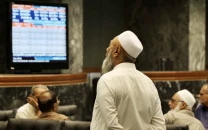
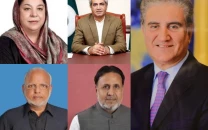
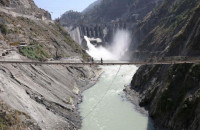

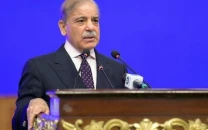












COMMENTS
Comments are moderated and generally will be posted if they are on-topic and not abusive.
For more information, please see our Comments FAQ